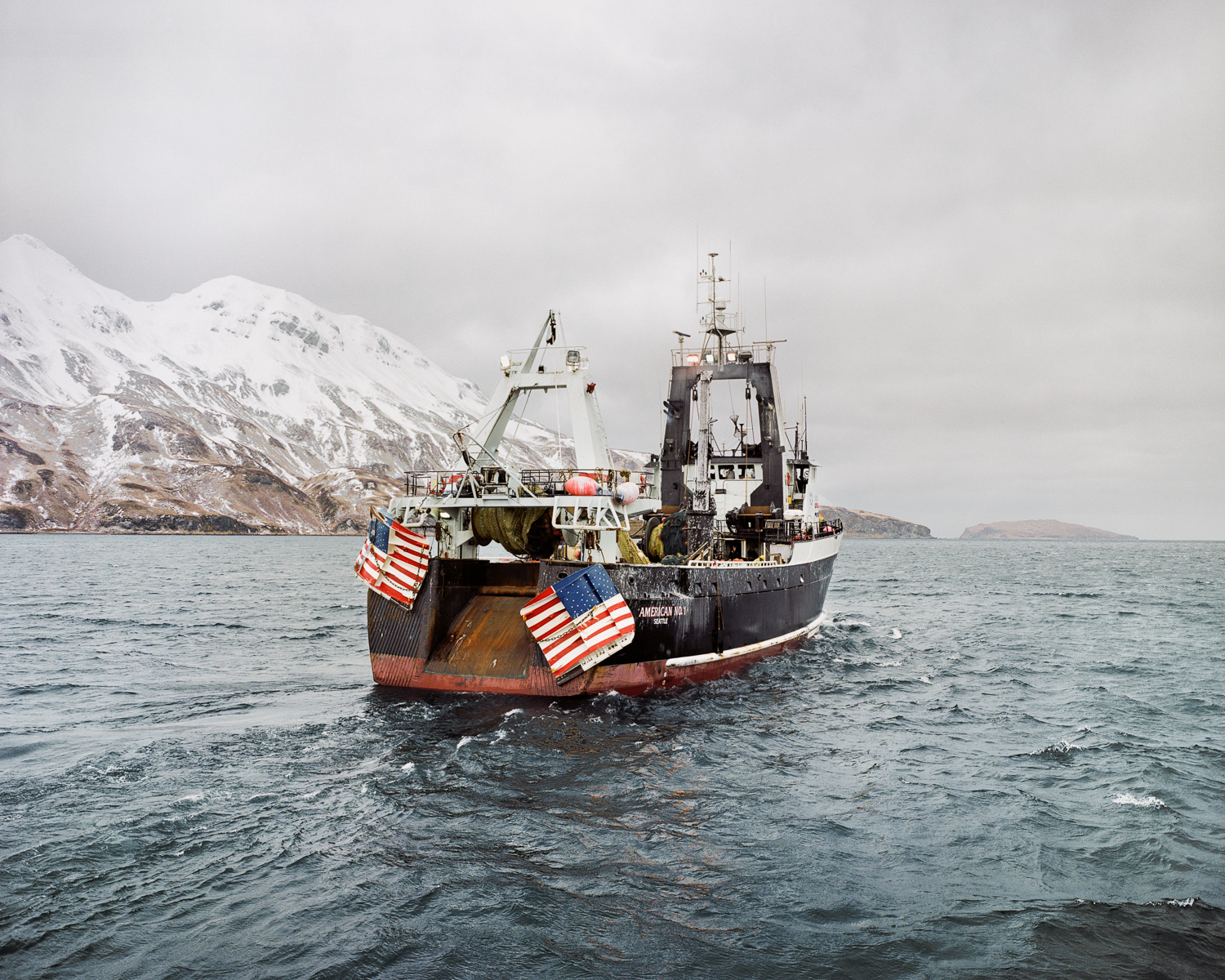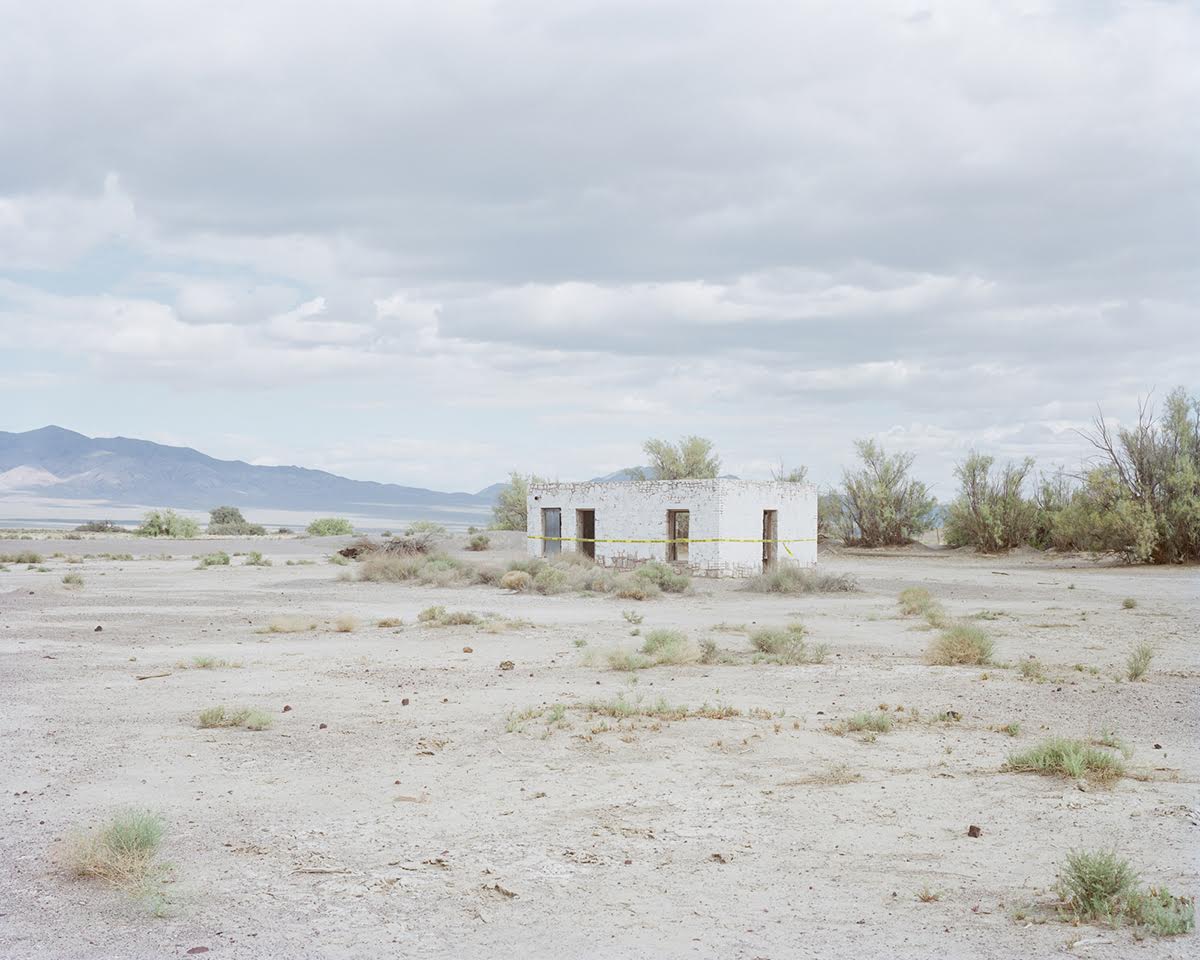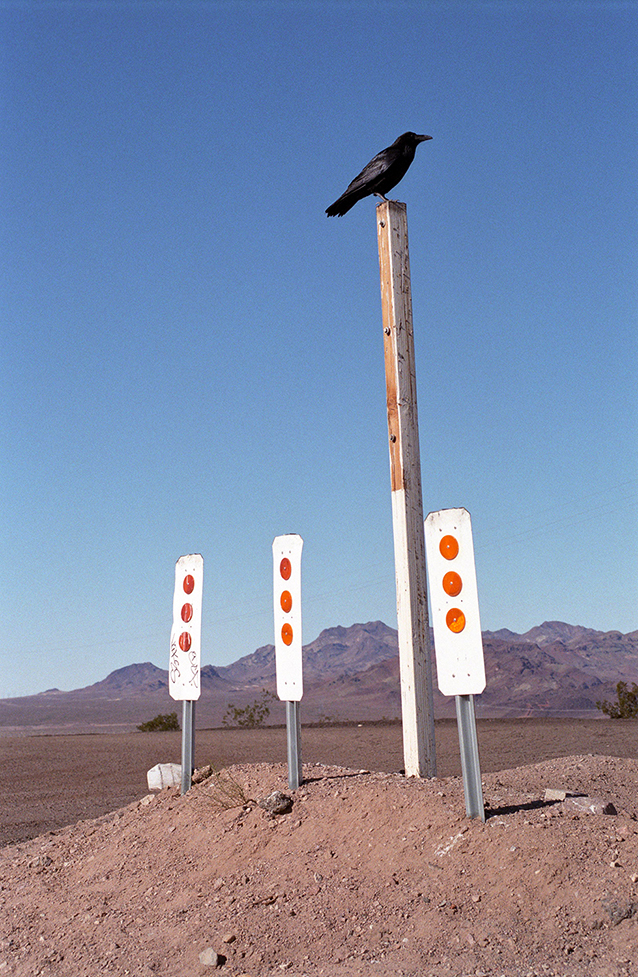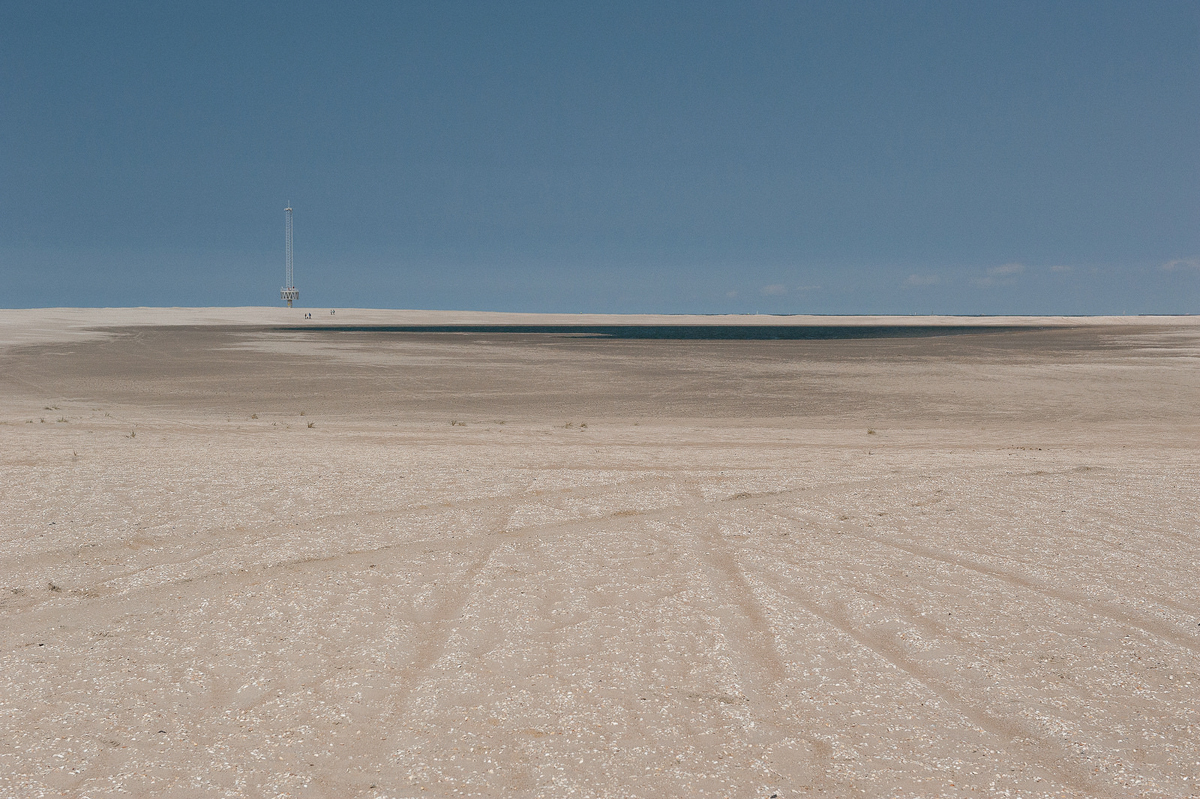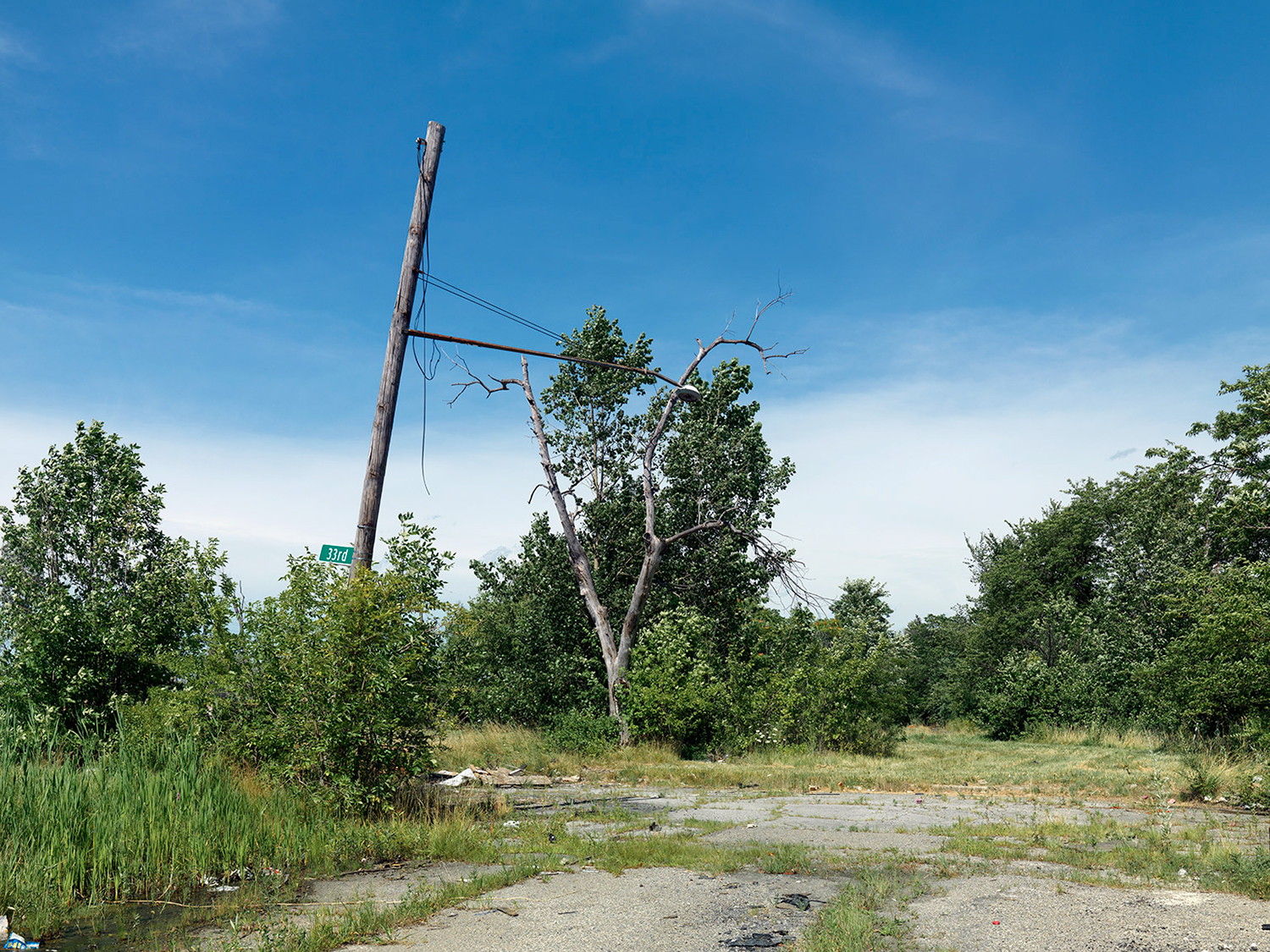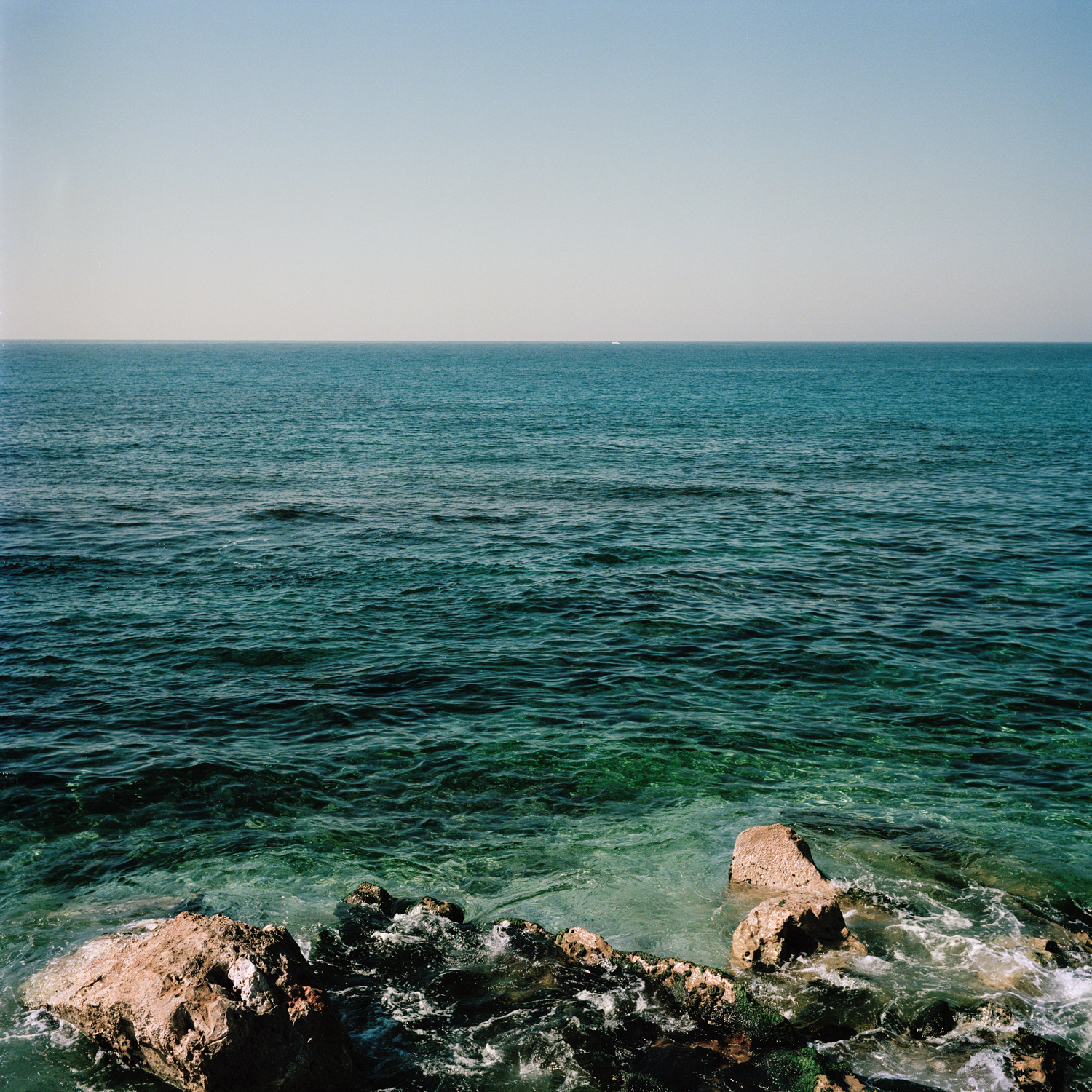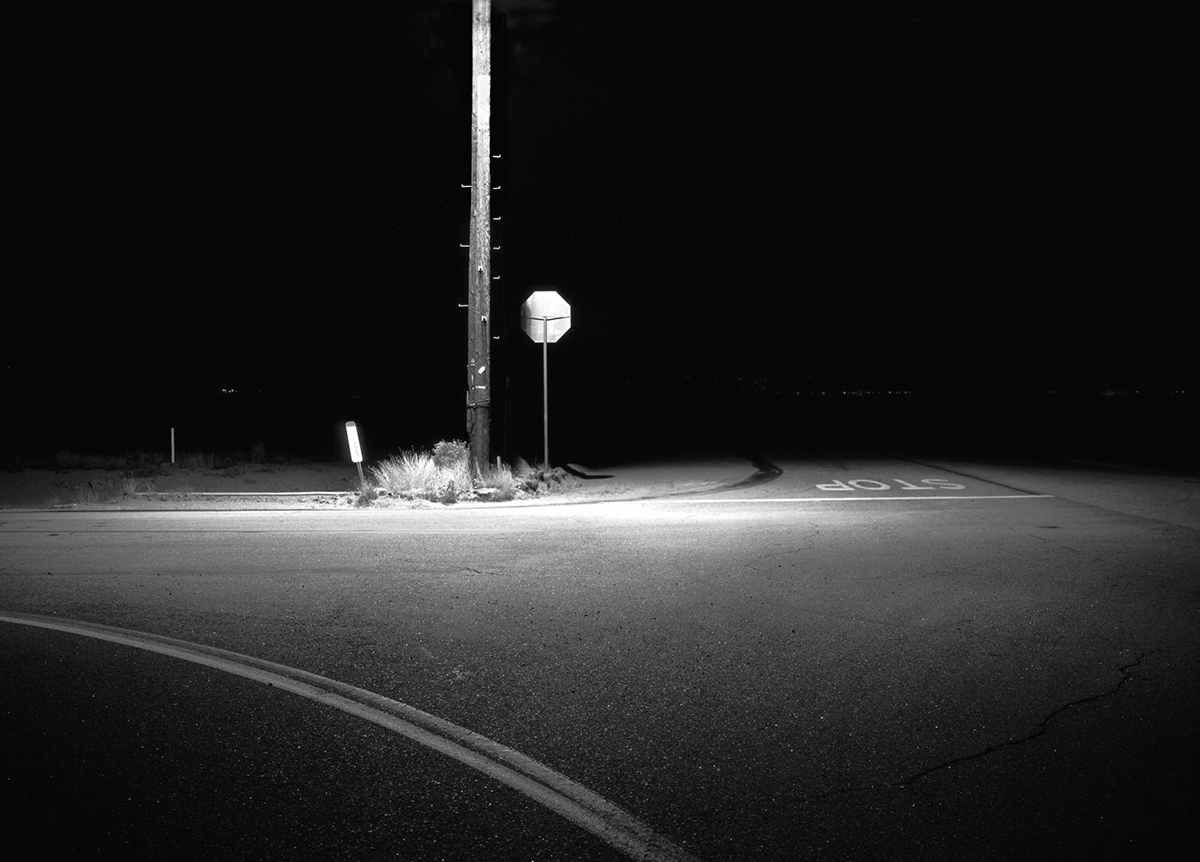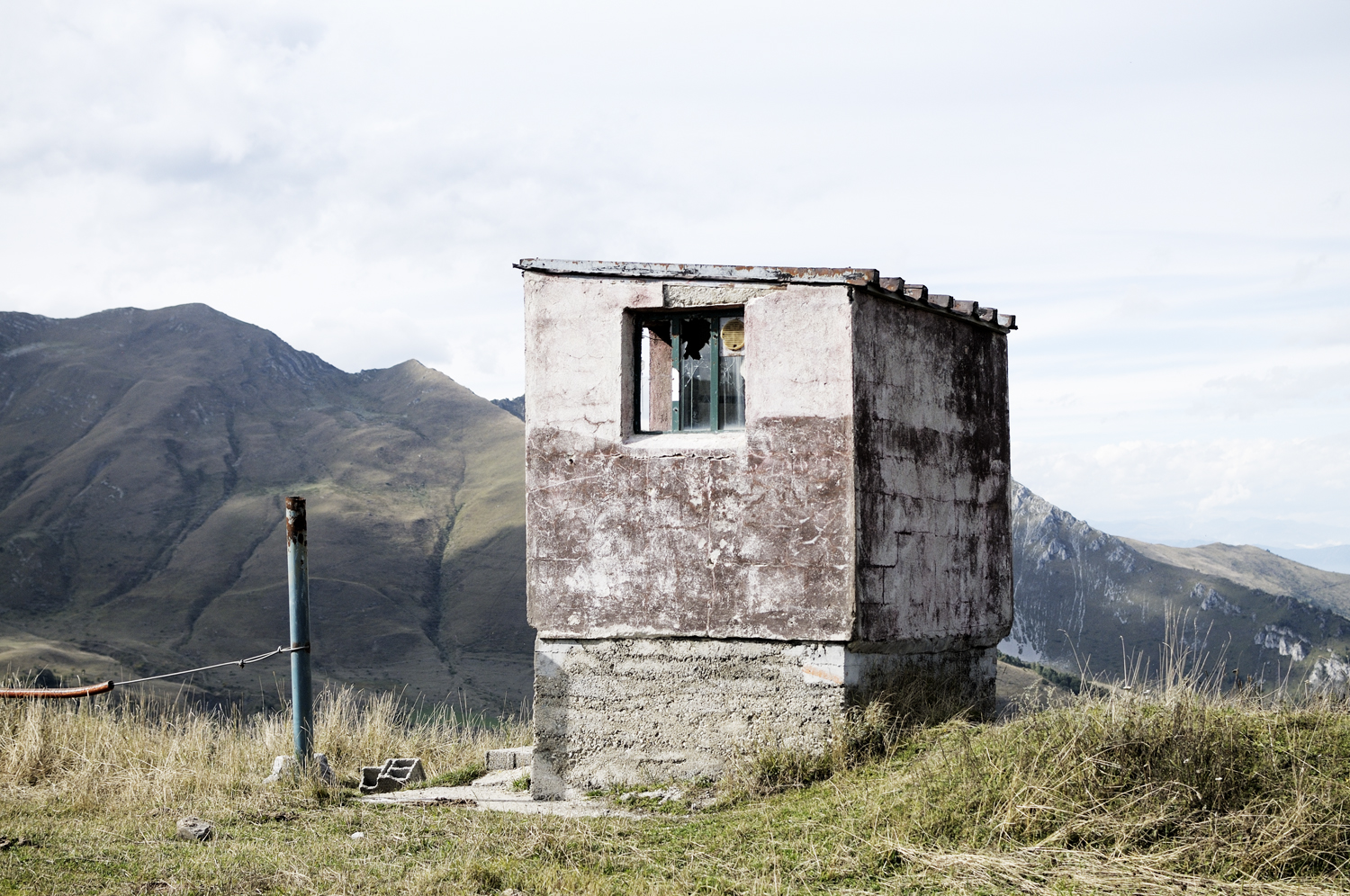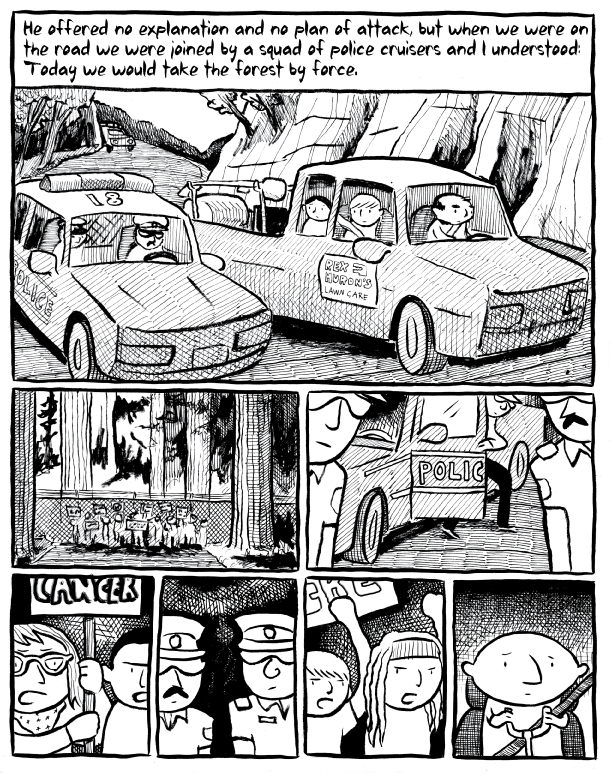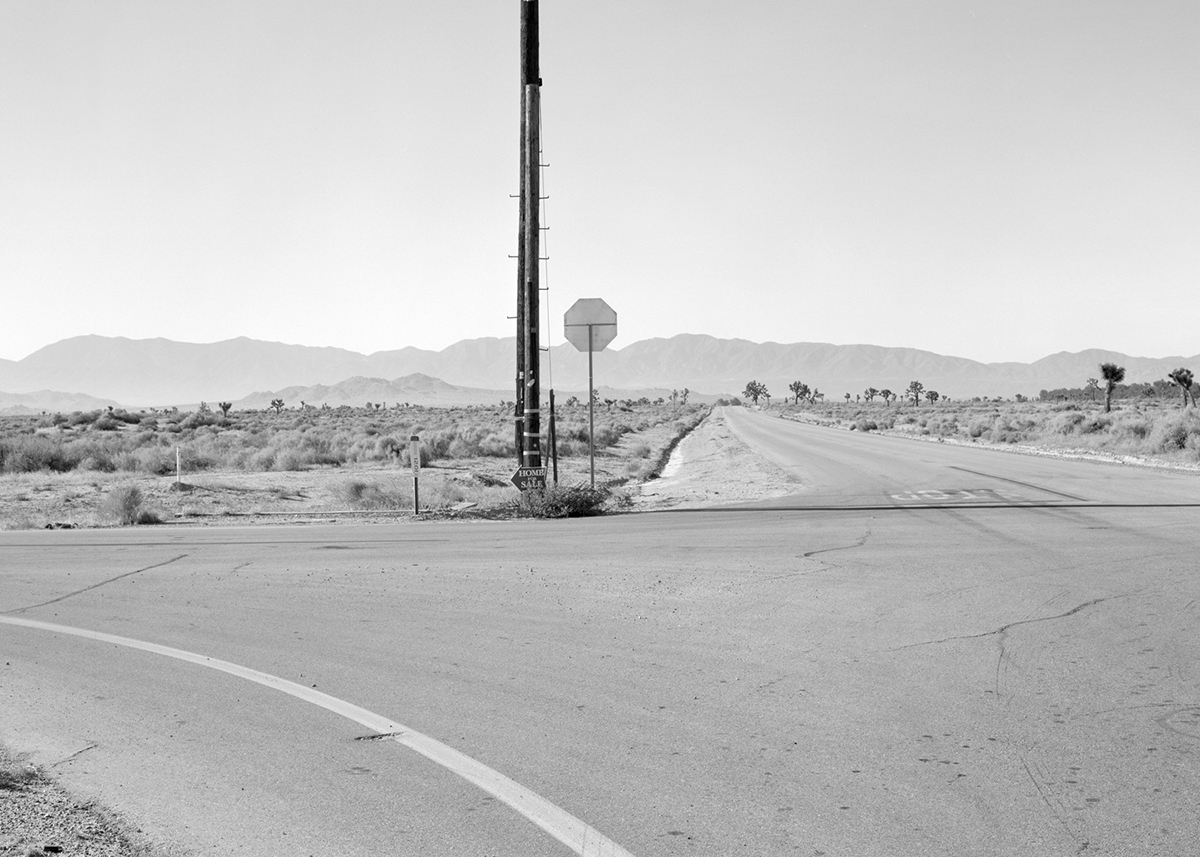Images by: David G Hines
Written by: Morgain Bailey
Edited by: Ryan Nemeth
A few years ago, I took a trip from the Pacific Northwest to visit The Lightning Field by Walter De Maria in New Mexico. The trip yielded lots of lightning, but not where I expected it! Instead, the lightning I experienced was directed at Mount Taylor, which I witnessed while camping at Bluewater Lake State Park. On multiple occasions, the lightning lit up the evening sky. Serendipitously, I encountered more of it while driving down towards Taylor from the North. There, I decided to drive straight into the storm to experience its energy and more lightening first hand. This I did, and I must admit that it was quite a thrill! After a few days of this dramatic landscape and light show, I stuck to my plan and continued South 100 miles to Quemado, where the office for the Lightning Field inhabits a small adobe building.
I arrived early to an unlocked door and discovered a dusty room with a set of wooden chairs, a table with a check-in log, and a bathroom. Curious to see if I’d recognize any of the names on the guest list, I read through a few pages of the logbook. My curiosity didn’t yield much, so I spent some time wandering around town with my camera. While I was out, I picked up some gas, stopped by the post office and then had lunch under a shade of a tree in front of an abandoned house. Making my way back to the Lighting Field, I remember feeling sunburnt, grungy and lonely when suddenly three people showed up and mistook me for the guide. They were well dressed, freshly ironed and somewhat preppy looking. We quickly sorted out that we were all guests and soon to be housemates for the night and that the real guide hadn’t showed up yet. I felt out of place with this crew, somewhere between the hired help and an unwanted intruder in their bubble of pleasantness.
The guide was a surly woman in a very large four-wheel drive SUV, she eventually showed up and hauled us down an endless series of very long dirt roads. By the time we arrived to the guesthouse, none of us had a clue where we were. We could have all been blindfolded and it wouldn’t have made any difference to our bearings. It figures that I’d left my GPS unit in the rental car, so I (the one who usually knows where I am) was of no help. During the drive out, I became acquainted with my housemates. One was a retired art history professor, who was more interested in Buddhist philosophy than anything else. Fittingly, her husband (both with East Coast accents) was a philosophy professor. The third guest was a woman who worked as a sales rep at a photography gallery in Santa Fe. So there we were, the four of us, complete strangers in the middle of nowhere. I can say that I liked the spontaneity of the experience, however, the 24 hours we spent awaiting a lightning storm yielded no light show.
The guesthouse is a restored homesteader’s off-grid cabin located on the edge of the Lightning Field. It is set up to evade ambient light from nearby houses and towns. Thus, the only visible light in the night’s sky is produced from the cabin itself. We seemed to migrate to the back of the guesthouse where there is a porch with a bench and chairs. This was our base for activity, it is where we sat and talked and ate before venturing out to explore the neighboring land. The conversations seemed to meander around, I recall one in particular about the art installation (Lightning Field) itself. In discussion, we shared what we each thought of the site and other relevant ideas. Right before the end of our stay, I had an unforgettable conversation with the art history professor. She asked me about my photography and my favorite photographers. I told her that Robert Adams tends to inhabit the top of the list and then she went off on a tangent about the aesthetics of landscape photography. The art historian then made a comment that has never ceased to haunt me and has long been the source of ongoing debate. She stated that contemporary landscape photography is becoming overly aestheticized and seemed to think that this derailed the process of accessing the content of a photograph.
Her assertion stopped me in my tracks, as if I had endured a sudden punch to the gut. So naturally, I have been wrestling with this concept and it has led to many internal and external dialogues and questions. In an effort to find some closure, these questions have seemingly been on repeat. Can a photographer spend too much time studying and learning the aesthetic nuances of photography? Should a person that values visual experience seek out a less comprehensive version of their experience? Can a photograph be made too beautiful? My answer to all is, I don’t think so! Contrary to this art historian’s assertion, I believe that our brains are wired to respond to the beauty found in aesthetic experiences. Thus, positive aesthetic experiences are stimulating, engaging, and visceral by nature. Can one have too much of that? I doubt it. Why else would we consume photography so voraciously? It seems that humans are insatiably looking for images and visual information to stimulate the mind? It should also be evident that our appetite for this experience mirrors the exponential growth of photography.
In pondering the art historian’s comment, I must say that I think there is a place for images of all types and aesthetical persuasions. Thus, the aesthetically saturated or discordant image is no different than music or sound that is intentionally cacophonous or disharmonious. Perhaps the intentional creation of visual disharmony is the wrench in the machine, the punk rock anarchist section of the photography library? Maybe the art historian was simply trying to convey her distaste for contrived images or aesthetic discord? If the photograph is off-putting, challenging to view and or the content painful to think about, could we assume that only the most masochistic, illiterate, or tough viewer would endure being an audience to it? The truth is that we view photographs for so many reasons and we should not deny ourselves the opportunity to experience a spectrum of emotions and thoughts via this vehicle. Bad, good, or indifferent, images evoke and communicate messages, some better than others, but like all art this is their inherent utility and function.
Personally, aesthetic beauty is what entrances me and captures my attention long enough to contemplate the content of the photograph. I need the poetry and a moment of transcendental experience that lasts just long enough to capture my attention. This aesthetic appeal allows me to focus past the picture plane and increases a willingness to continue exploring the content in the image. A documentary photograph that is solely about objective and impartial content is fine for illustrating a concept or situation, however, it usually fails to become art. It is the aesthetic experience that enhances the viewing of the photograph that seemingly elevates it to something worth savoring.
Recently, I have pursued information through a number of sources to expand my knowledge on the role of aesthetics in photography. I have compared my own experiences to that of my photographer friends. Furthermore, I have also read other photographer’s writings on aesthetics in landscape photography. In doing so, I have come to a conclusion! The more visually literate the photographer, the more refined their sense of aesthetics become. Ultimately, it is this aesthetic literacy that leads to new ways of image making. Therefore, I believe that our inherent desire to enhance and challenge the concept of image aesthetic is what pushes the boundaries of photography. This process leads to innovation and new ways of visual communication. Contrary to the art historian’s comments, I believe that image aesthetics and aesthetic details are both integral and necessary components of photography as they create heightened and new experiences for viewers and image-makers alike. Creativity lives in novel and new aesthetic approaches to photography, it is through this process that images communicate and engage the sensory in new ways. Isn’t this the goal of image making, to make an experiential object that has the capacity to become transcendental? I think so.



